Is child labour really that bad?

The failure of a key agreement on ending child labour in the cocoa industry has forced a reckoning over the taboo of working children. What if international norms on child labour actually worsen children’s living conditions?
Eleven-year-old Ghanian Samuel Obini (a fictional person based on accounts given by NGOs and observers in Ghana) is gently woken up by his mother at 6 am. After a small breakfast of maize porridge, he heads to the two-acre family plot to help harvest cocoa pods as it is peak harvest season. For around three months of the year, Obini drops out of school so his family can earn enough to pay for his education. His two elder brothers have left home to look for jobs in the city of Kumasi. His two younger sisters are still too small to lend a helping hand. His parents do not have the money to hire labourers.
The job must be done by hand as the pods ripen at different times on the same tree. Obini uses a long stick with a metal hook at the end to harvest the pods. Once the pods are harvested for the day, he splits them open with a small machete and scoops out the white flesh that contains cocoa beans.
Obini is no criminal, but what he is doing is illegal. During his day on the farm he has committed at least three hazardous activities as defined by Ghana’s child labour activity framework: harvesting overhead cocoa pods with sharp tools, breaking cocoa pods with sharp knives and working without basic protective clothing for his feet and body. Obini is also under the minimum legal age of 13 for so-called “light work”. If his work were found out, none of the Swiss chocolate companies would want anything to do with the beans he’s just harvested as they would be facilitating child labour. The chocolate industry is bound by child labour policy made in faraway Geneva, where the International Labour Organization (ILO) is based.
Failed commitment
This year, Geneva and the ILO are marking the International Year for the Elimination of Child Labour. 2021 also marks the end of the Harkin-Engel protocol – a 2001 agreement that involved the US, Ivorian and Ghanian governments, the ILO and chocolate manufactures. Its goal was to eliminate the worst forms of child labour in the cocoa industry. But after multiple failures by the industry to meet deadlines (in 2005, 2008 and 2010) the protocol was amended to try to reduce the worst forms of child labor by 70% across the cocoa sectors of Ghana and Ivory Coast by 2020. Reasons for the failures include: lack of traceability, shortages of local schools to take in children, an increase in cocoa growing areas and changing definitions of child labour.
The most recent numbers don’t look promising: a 2020 report commissioned by the US Department of Labour assessing progress towards this goal showed that 1.56 million children were still in cocoa-related child labour in Ivory Coast and Ghana, according to surveys conducted in 2018-2019. Of these, 95% were involved in hazardous labour. It is not possible to say if the worst forms of child labour decreased by 70% compared to 2010 because the methodology for the most recent survey was different from previous ones. However, the report states that the percentage of children aged 5-17 in child labour in cocoa has increased in the past decade from 31% in 2008/2009 to 45% in 2018/2019.
The survey also found that like Obini, 94% of children working in cocoa farming were working for either their parents or other relatives. James Sumberg, an expert in African rural youth employment at the Institute of Development Studies, UK, thinks the tasks themselves should not solely define whether harm is being done to children, but this determination should encompass the social context in which they are performed.
“It’s one thing if the child is under some draconian piecework regime where he’s got to crack a thousand cocoa pods before noon or he won’t be fed his lunch,” he says. “It’s a completely different story if he cracks a couple of pods because he wants to feel part of the family and wants to contribute.”

What is child labour?
Does that mean the ILO’s guidelines are too rigid to be implemented? The ILO broadly defines child labour as work that “is mentally, physically, socially or morally dangerous and harmful to children; and/or interferes with their schooling”.
“Child labour is not household chores,” says Benjamin Smith, a child labour specialist at the ILO. Instead, he says, the ILO focuses on situations where children are too young for the type of work involved or exposed to hazardous work that puts their health or safety at risk. At the extreme end are the worst forms of child labour including slavery, forced recruitment into armed conflict, commercial sexual exploitation and illicit activities such as drug trafficking.
Neil Howard, a child labour researcher at the University of Bath, considers the concept of child labour itself to be problematic, especially the way in which political authorities go about trying to protect children from it.
“The concept of child labour has been cooked up by well-meaning politicians, largely in the West, alongside particularly the ILO, primarily as an effort to protect children, but in a way that doesn’t involve consulting them,” he says.
He says the political response mostly involves banning certain kinds of work which he claims leaves many children worse off. For the researcher it is a question of weighing the costs and benefits regarding the local situation.
“Sure, doing repetitive tasks like picking cocoa pods might have some downsides. But given the context in which a lot of rural, poor West African children live, it’s not only economic necessity but actually a vital skill for them to survive given that cocoa farming is probably going to be the work they end up doing,” he says.
According to Smith, countries are free to tailor ILO guidelines to their own national settings and it is up to individual governments to decide what qualifies as hazardous work. But Sumberg argues that many national laws are taken nearly one-to-one from recommendations made at ILO conventions, so that flexibility isn’t applied.
What is clear is that there is a gap between the ILO-inspired national laws and regulations in Ghana and Ivory Coast and the fate of many of the children in these countries. A lot of the factors that helped eliminate child labour in the industrialised world – like mechanisation of industry and agriculture or the family breadwinner being a part of the skilled labour force, for example – are absent in many parts of the world.

Chocolate company hardline
Besides the ILO and national governments, chocolate companies are another big player influencing how child labour policies are implemented on the ground.
“Public perception of the product and the values around the brand are incredibly important and the people who manage the brand have to spend a lot of time guarding and protecting it,” says Sumberg of the companies’ child labour strategies.
As a result, many firms choose to take a hardline approach amid oversight from media, NGOs and consumers. Swiss chocolate company Lindt & Sprungli told SWI swissinfo.ch by e-mail that its suppliers are bound by child labour restrictions “as defined by International Labor Organization (ILO) and United Nations Convention and/or national law, whichever is more stringent”.
Barry Callebaut, a major Swiss chocolate manufacturer, also opts for the strictest option, setting the minimum age for employment in accordance with the ILO Convention 138, which is 15 years (or 14 for countries whose economic and education facilities are insufficiently developed). The company only accepts the minimum age specified by local legislation if it is higher than what is prescribed by the ILO.
Howard of the University of Bath says this stringency on the part of companies is largely because chocolate is consumed by “rich people in Europe who don’t like to think of the fact that children are involved in making it”. This, he says, places a disproportionate focus on the cocoa industry in the grand scheme of child labour issues.
Indeed, the latest ILO research shows that more child labour occurs in the production of non-export goods like maize, rice or cassava than in production of goods for export. These are seldom monitored and often involve minors performing hazardous work. Child labour in subsistence farming, domestic servitude and in the service industry is a huge part of the problem but often do not get as much attention as child labour in global supply chains, says Smith.
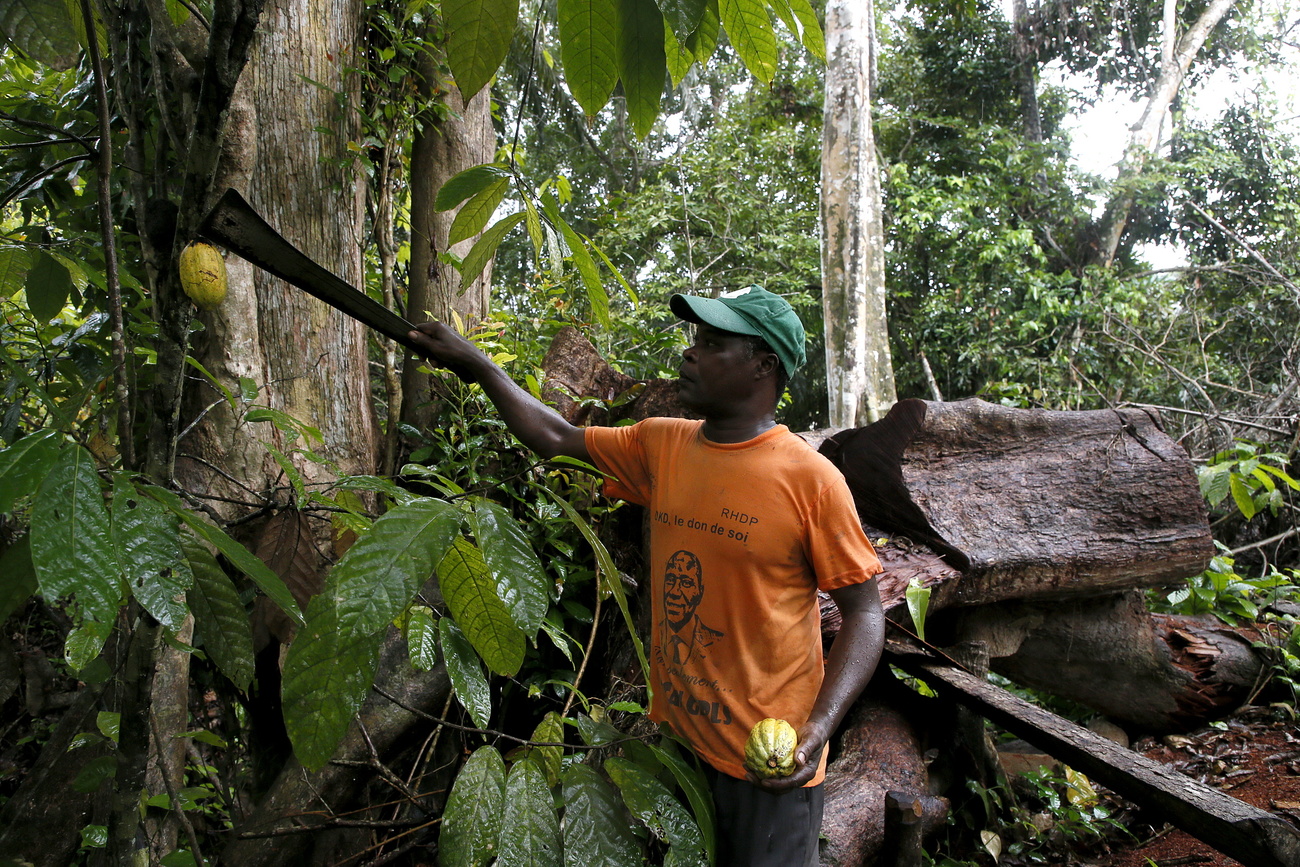
More
Chocolate makers face reckoning over persistent child labour challenge
No easy answers
The chocolate sector agrees that child labour is a complex problem linked to rural poverty and that simply banning children from working is not the answer. A 2019 impact evaluation of Lindt & Sprungli’s outreach efforts showed that Ghanian farmers were struggling to make ends meet earning only around $2,500 a year, of which 70% came from cocoa cultivation. The 2019 impact study also found that the company’s child labour prevention training was partly responsible for lower crop yields due to the resulting reduction in the family labour force.
“There are no easy fixes and instead we need coordinated efforts from many actors, bringing multiple solutions,” says Nick Weatherill, executive director of the International Cocoa Initiative that coordinates the actions of the big chocolate companies. Some of the hurdles the industry has identified include unequal access to land and tenure, fragile livelihoods, food insecurity, limited access to quality education, household poverty, poor access to adult labour, gender disempowerment, a lack of awareness of the dangers of child labour, and limited alternatives for children.
As a possible solution, Smith of the ILO points to a scheme adopted by Ghana and Ivory Coast in which companies will pay an additional $400 per ton of cocoa that will redistributed among the farmers.
“Those companies that have agreed to participate in that scheme are really putting their money where their mouth is in terms of their commitments to end child labour in the supply chain,” he says.
Sumberg puts it more bluntly: “The most effective strategy may be the most painful one for the cocoa industry: to pay the producers and everybody along the supply chain a fair wage,” he says.
More

In compliance with the JTI standards
More: SWI swissinfo.ch certified by the Journalism Trust Initiative

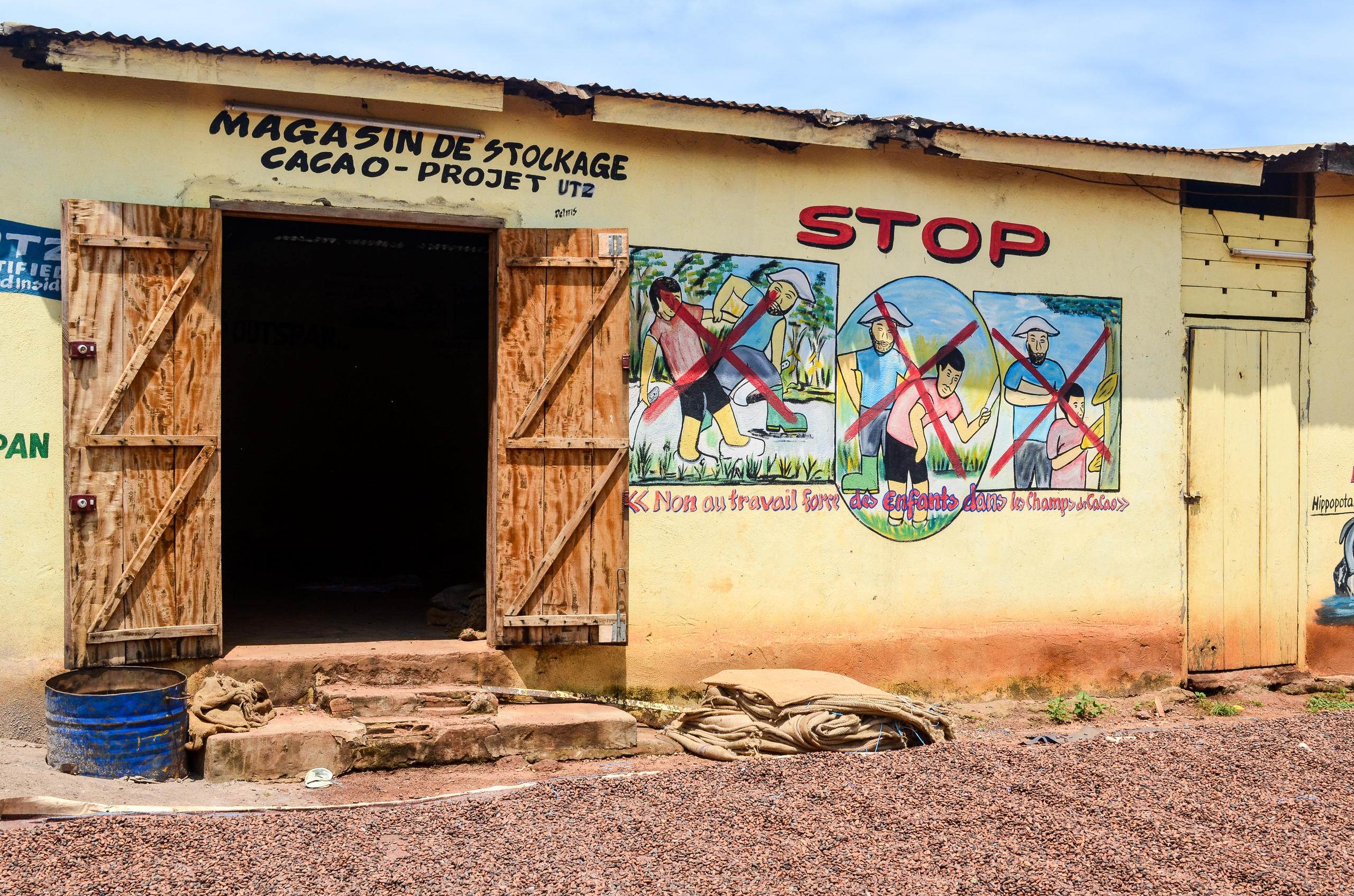
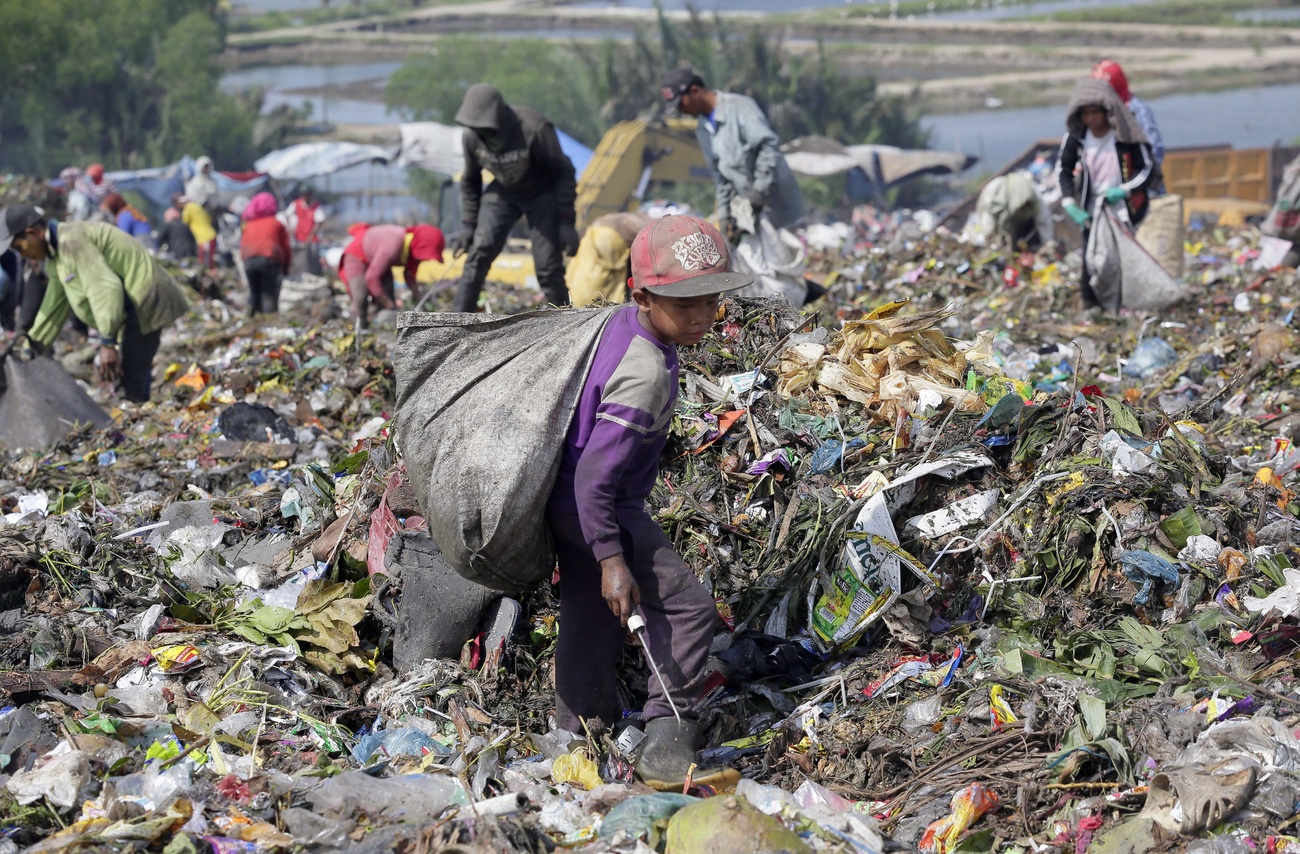
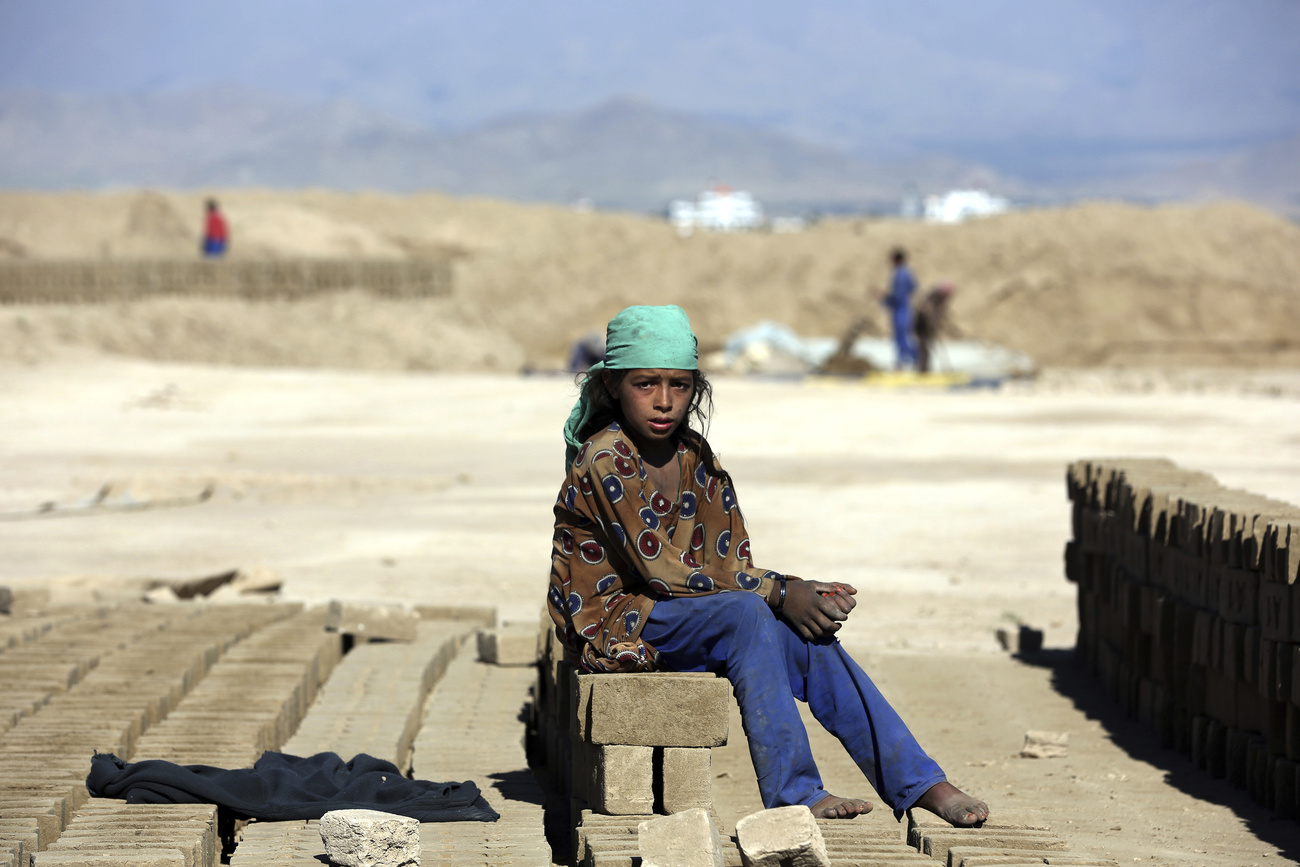
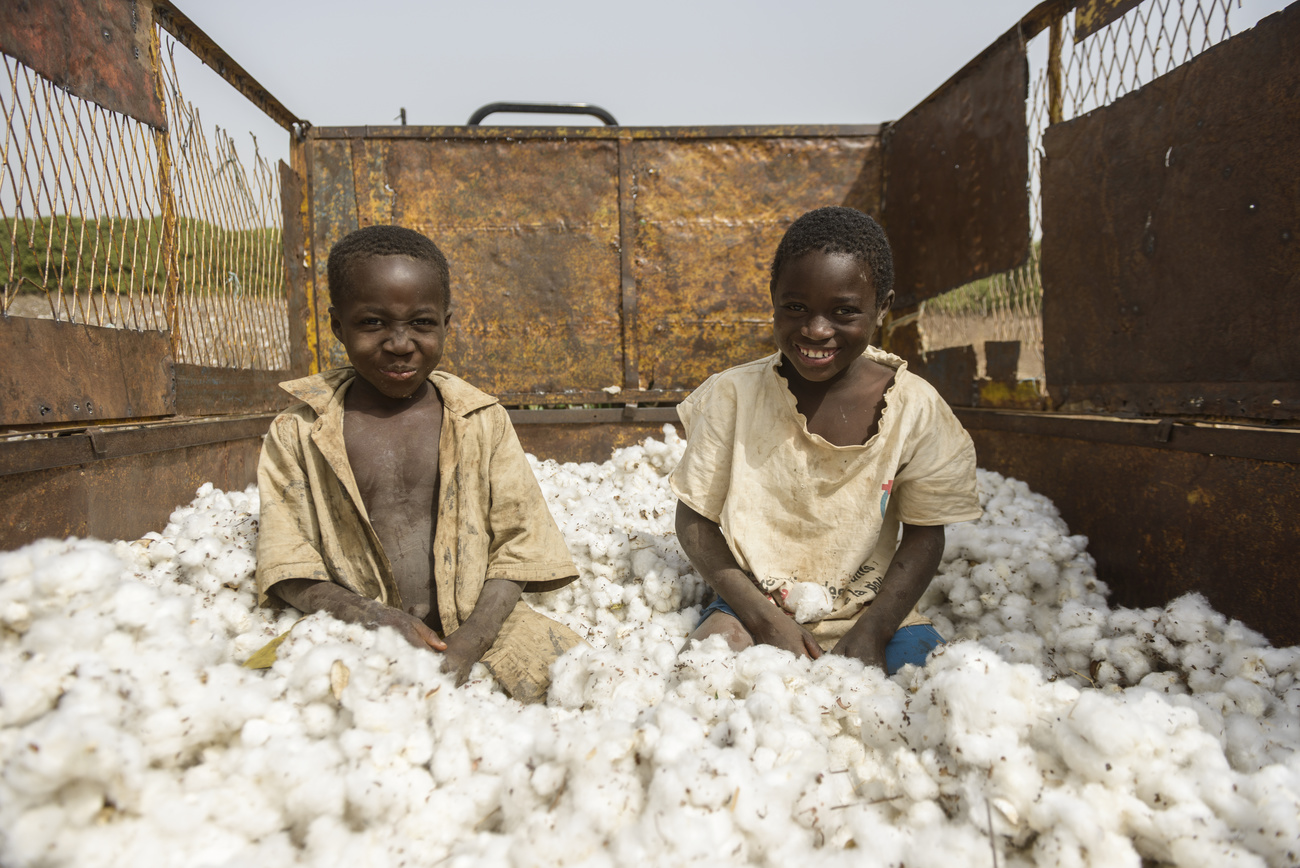
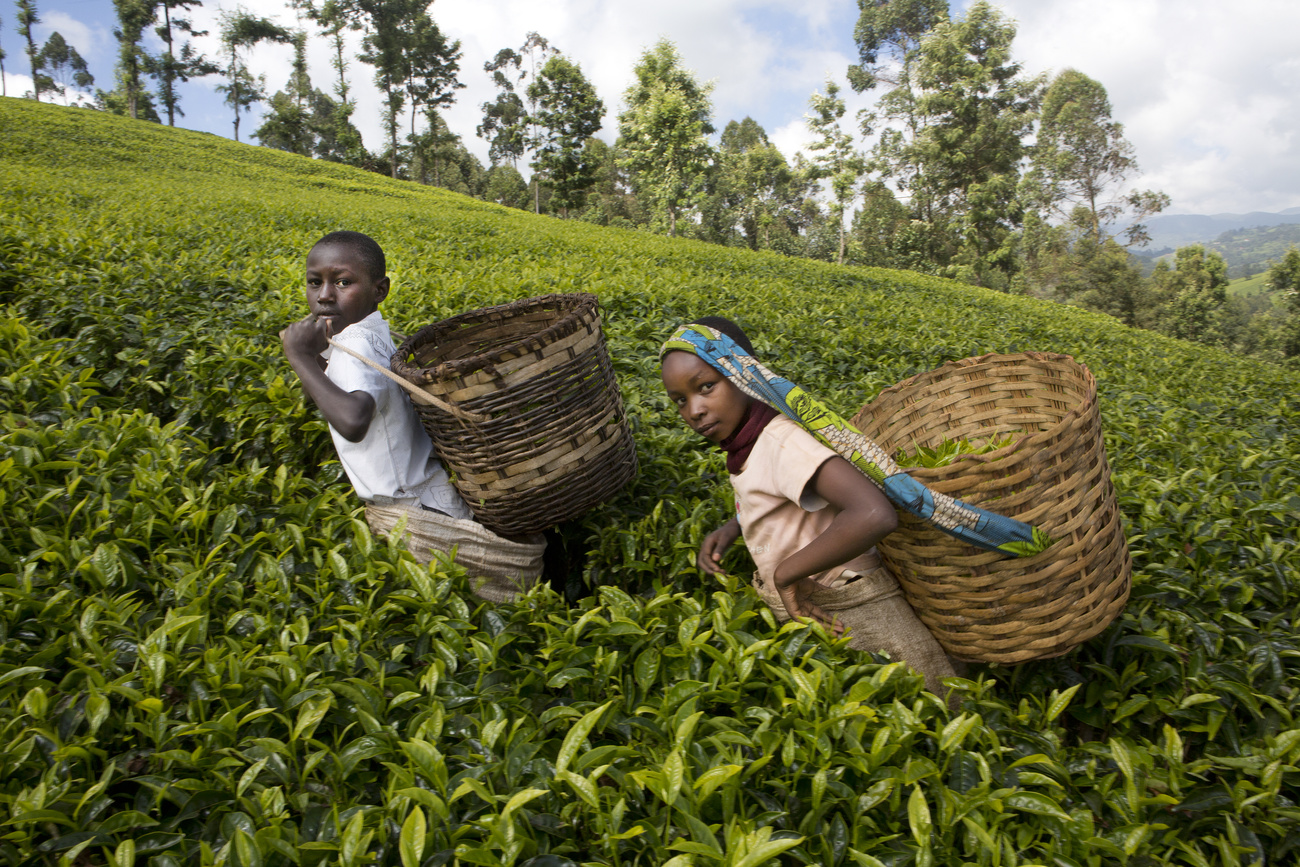
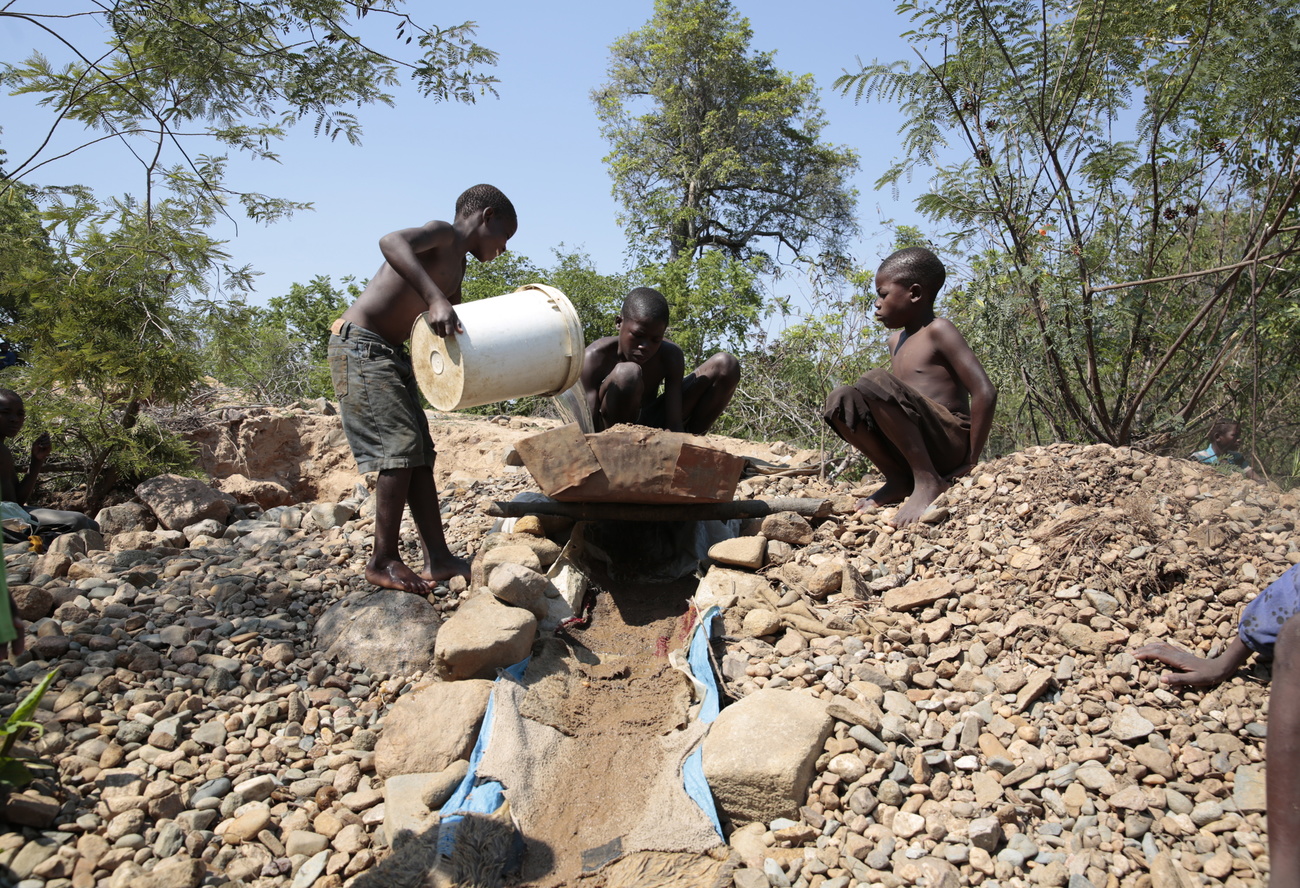
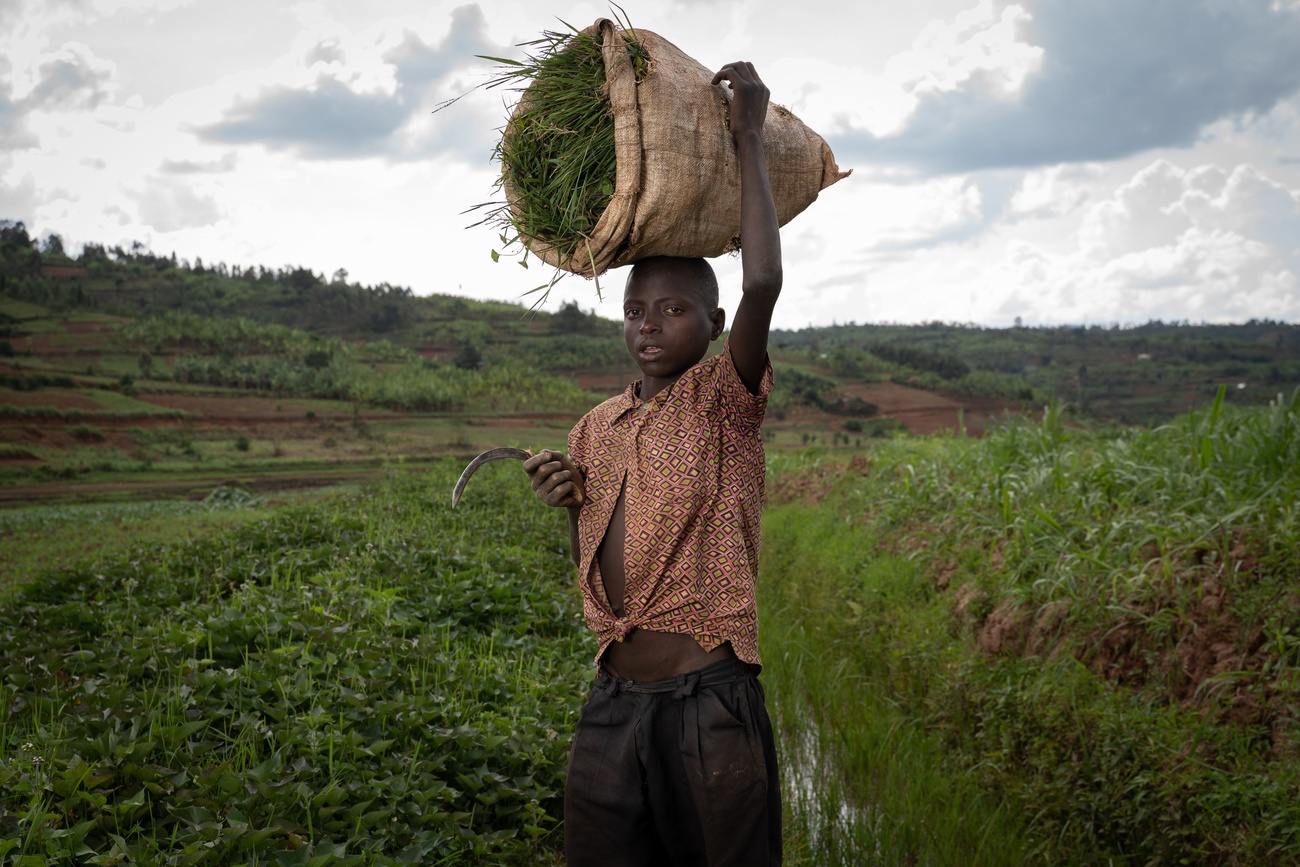
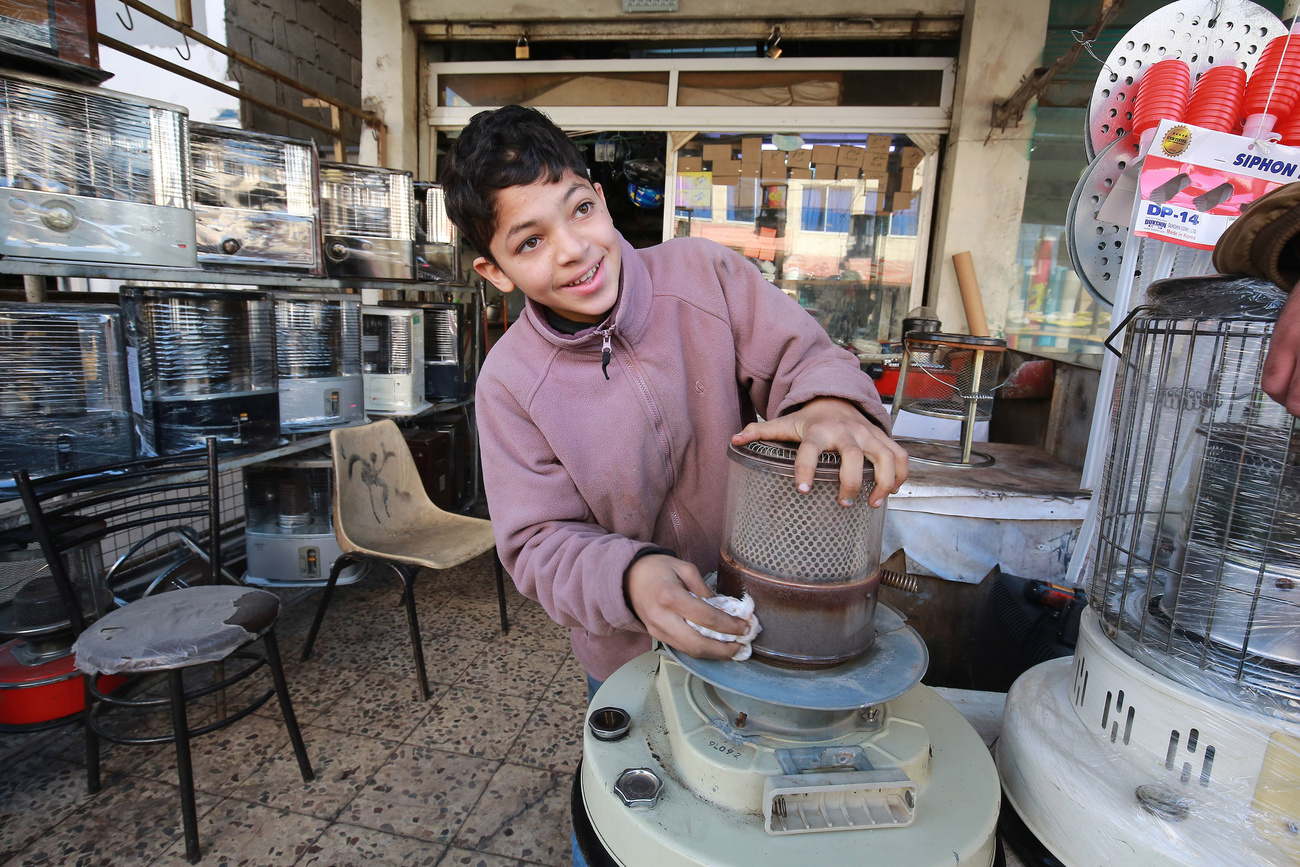
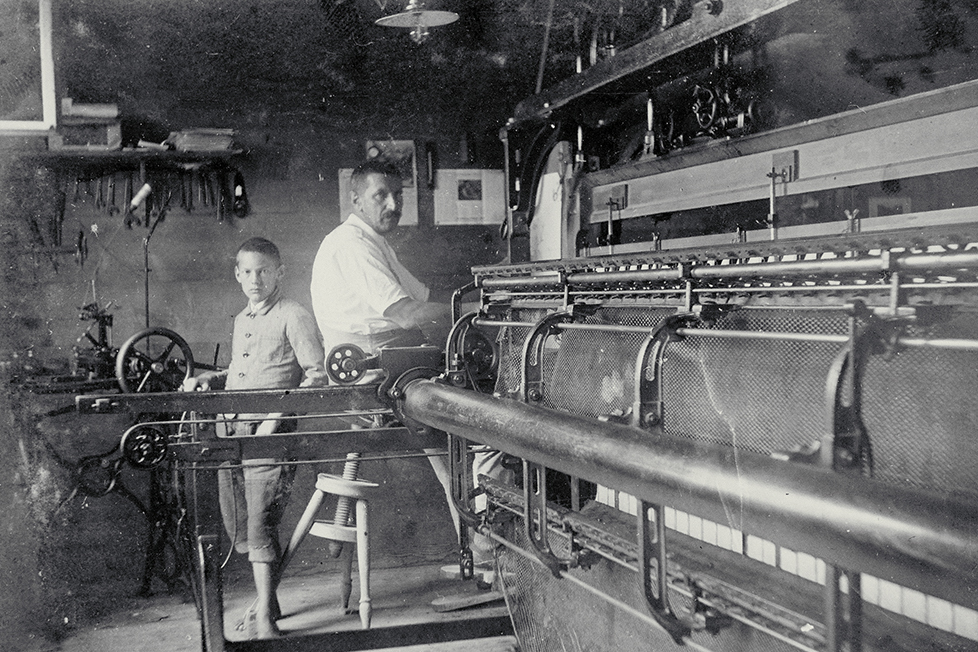

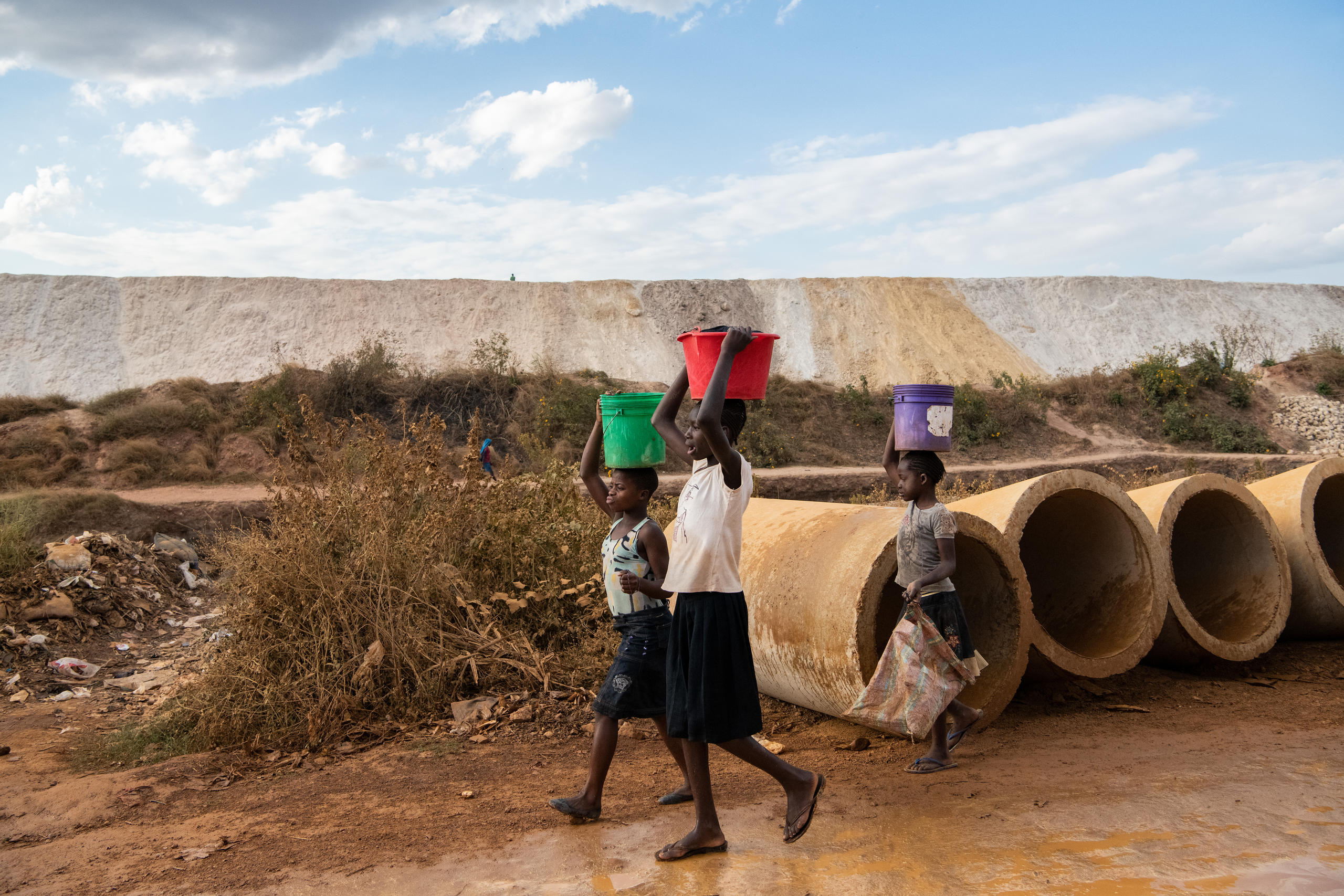
You can find an overview of ongoing debates with our journalists here . Please join us!
If you want to start a conversation about a topic raised in this article or want to report factual errors, email us at english@swissinfo.ch.